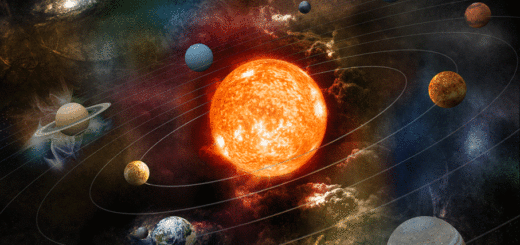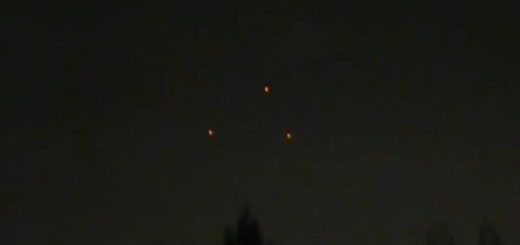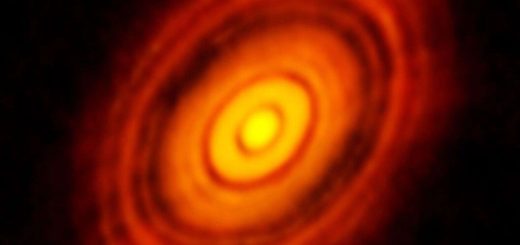On This Day In History: Charles Messier Catalogued M41 Open Cluster – On Jan 16, 1765
 On January 16, 1765, Charles Messier catalogued M41— a huge open cluster of stars in the constellation Canis Major.
On January 16, 1765, Charles Messier catalogued M41— a huge open cluster of stars in the constellation Canis Major.
Visible to the naked eye, M41 is a bright object of magnitude 4.6, located about 4 degrees nearly exactly south of Sirius, the brightest star in the sky.
The cluster was discovered by an Italian astronomer and mathematician, Giovanni Batista Hodierna (1597-1660).
M41 is easy to find in the night sky, but it is better seen during the months of December, January and February from the Southern Hemisphere. It’s also visible from most parts of the Northern Hemisphere but appears lower down.
It contains about 100 stars, including several red (or orange) giants. The age of M41 is estimated to be between 190 and 240 million years.
Charles Messier who catalogued M41, was a French comet-hunter, born on June 26, 1730. His interest in astronomy first began when a 6-tailed comet appeared when he was 14-years-old, and was encouraged during an annular solar eclipse that was visible in July of 1748.
In 1751, Messier was hired by the astronomer of the Navy, Joseph Nicolas Delisle and it was Messier’s first astronomical employment.
Messier first became involved in comet hunting in 1757, while waiting for the return of Halley’s comet. While searching for the comet, Messier discovered several other comet-like objects. In order to avoid future misunderstandings, Messier began keeping a catalogue of celestial objects, which were not comets.
The first entry in Messier’s catalogue, M1, was a comet-like glow among the stars of the constellation Taurus. The glow was not a comet, but a nebula, the remnant of the supernova exploration of 1054, commonly known as the Crab nebula.



 Creators of mankind
Creators of mankind Description of “Tall white aliens”
Description of “Tall white aliens” Where they came from?
Where they came from? About hostile civilizations
About hostile civilizations The war for the Earth
The war for the Earth “Tall white aliens” about eternal life
“Tall white aliens” about eternal life Video: “Nordic aliens”
Video: “Nordic aliens” Aliens
Aliens Alien encounters
Alien encounters The aliens base
The aliens base UFO
UFO Technology UFO
Technology UFO Underground civilization
Underground civilization Ancient alien artifacts
Ancient alien artifacts Military and UFO
Military and UFO Mysteries and hypotheses
Mysteries and hypotheses Scientific facts
Scientific facts


















